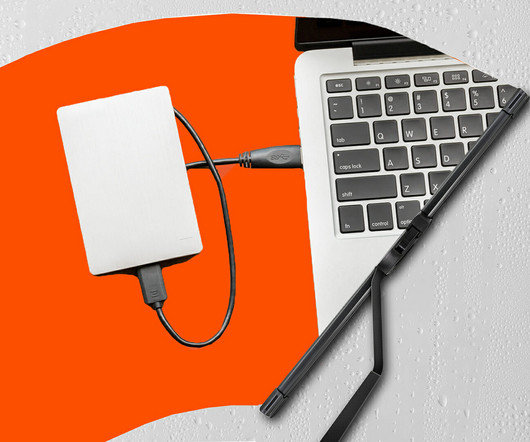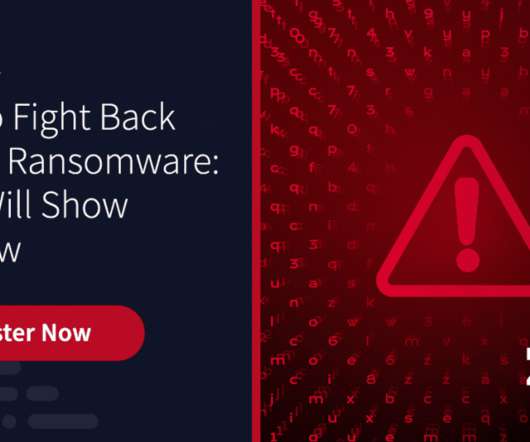What Is Wiperware? 10 FAQs
Pure Storage
OCTOBER 13, 2023
10 FAQs by Pure Storage Blog Wiperware, or wiper malware, is a disturbing evolution in cyber warfare that takes no prisoners—not even your data. Attacks attributed to this new, highly destructive form of malware include an Iranian train system attack in 2021 that caused “unprecedented chaos.” What Is Wiperware?












Let's personalize your content